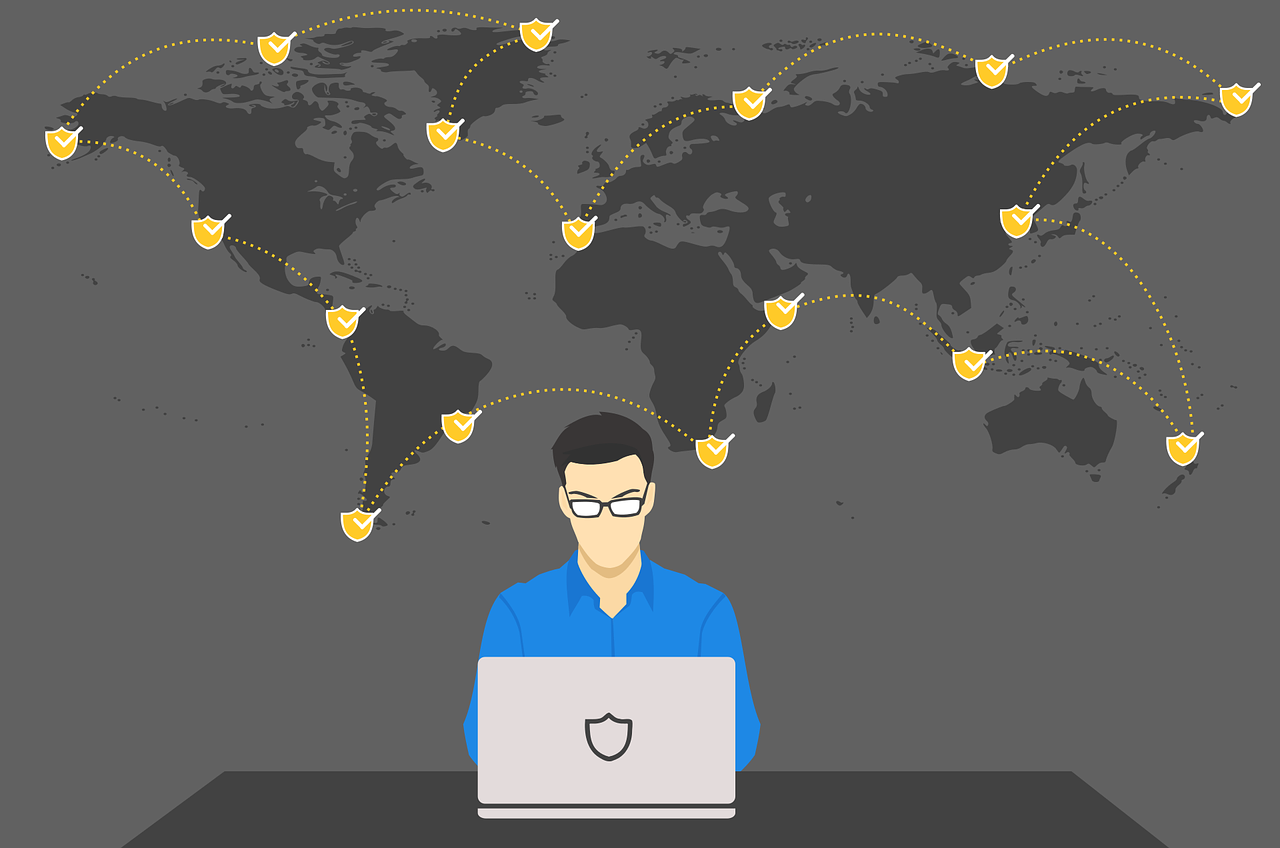As the industry footprint and customer database of Azure expand, the leading cloud technology provider is exploring possibilities that the cloud can benefit core IT functions. However, businesses are at the risk of data breaches and other security issues whenever they implement new cloud services. This has led to the requirement for a stringent process and delineation of accountable incidents. Shared responsibility model has emerged as an effective solution to well-managed security.
Microsoft understands how different service models influence ways in which responsibilities are shared among customers and CSPs. These contribute to achieving a secure and compliant computing environment in Azure cloud. The customer is responsible for ensuring that data classification is done right, and that solutions are compliant with regulatory obligations. On the other hand, CSPs are responsible for physical security.
Shared Responsibility Model for Azure Cloud
It is vital that customers considering public cloud services understand how security tasks are shared between them and their CSPs. Workload responsibilities differ on the basis of where it is hosted – SaaS, IaaS, PaaS, or on-premises.
How Security is Divided
Security controls have been designed for ensuring that technology solutions are developed and maintained to make security and function coexist successfully. This is a strong ideal of Azure, where constant monitoring and vetting the implementation of security controls is imperative. Also, the service teams of Azure are continuously putting efforts to innovate new functionalities in the cloud.
In the cloud transformation journey, it is important that responsibilities of cloud customers are enunciated to ensure proper data classification. Customers are responsible for securing the way their employees interact with their cloud environment. CSPs are held accountable for infrastructure security. Organizations are generally responsible for data encryption, site-to-cloud traffic, identity & access management and configuration of storage containers.
Obligations of an organization might change based on the service being used – IaaS, PaaS or SaaS – as they all need time and resources of both the CSP and organizations. This particularly amounts to organizations that assume complete legal responsibility around their sensitive data. On the other hand, organizations are capable of dedicating their resources and energy to ensure data integrity and protection, provided that Azure is obligated to protect their infrastructure integrity.
Importance of Shared Responsibility Model
Gartner estimates that the public cloud market will grow 17% in 2020 and expectations related to outcomes with cloud investments will also be higher. Businesses are earnestly investing into the value of the cloud, whether it is private, public or a hybrid architecture. Organizations continue to gain unparalleled agility in their IT operations, which has helped them maintain their edge in the competition.
In their digital transformation journey, many organizations are forgetting their responsibility of data protection stored off-site. This absentmindedness results in risks to storage components, making them vulnerable to cyberattacks. The problem lies in the futile aims of organizations to get the bare minimum of their cloud migration strategies.
To sump up, data security in cloud computing is not a myth. Organizations accomplishing security will dedicate their success to security best practices and compliance with the shared responsibility model.
Talk to our Azure experts. Book a free consultation here.



